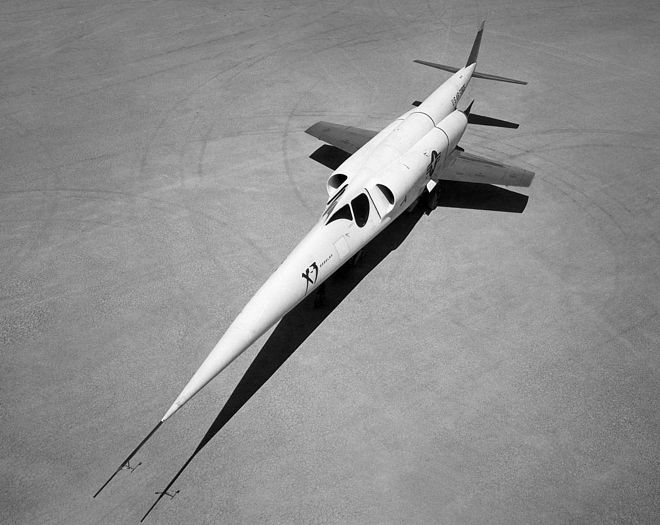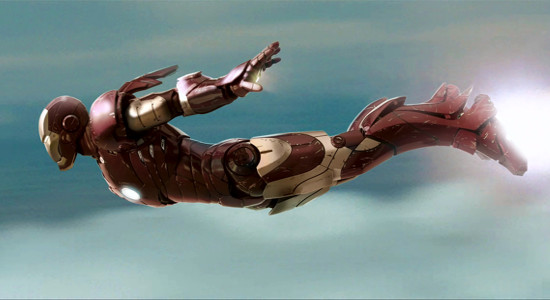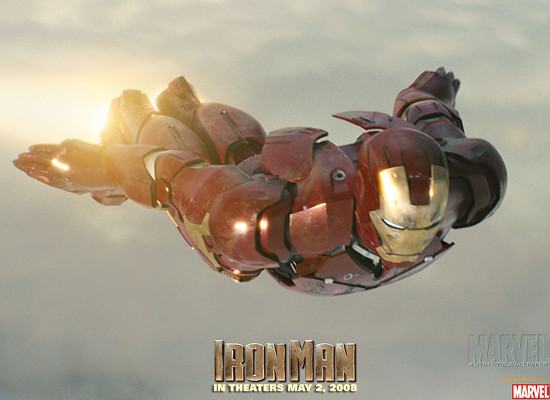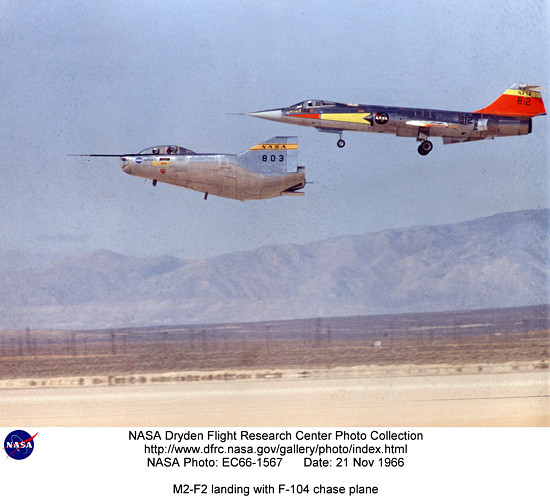IRON MAN
!!!THE SCIENCE MOMENT!!!
TONY STARK IS SUPPOSED TO BE A SCIENTIST
SO WHERE IS THE SCIENCE IN IRON MAN?
There are four obvious questions that come to mind when you see Iron Man in action. My first was,
 SCIENCE MOMENT BY KELLY PARKS |
"Where are his fuel tanks?"
He flies half-way around the world and back and that takes lots of reaction mass. Where is it?
Answer: He doesn't use jets – he uses repulsor beams, which constitute magical handwaving but as long as the issue is addressed I'm fine.
Next question:
"Where does the power for the repulsor beams and all the other amazing technology come from?"
Answer: Arc reactors. More handwaving but also kind of cool, that the power of a nuclear reactor could be reduced to a glowing, hand-held gadget.
Third question:
"How can Iron Man fly level?"
Answer: He can't.1
Planes have wings for a reason and this is a mistake. When his propulsion system is directed backwards, thrusting him forwards, then nothing is fighting the pull of gravity (like the lift force created by wings) and he'd drop like a rock.
Final question:
"I know Tony Stark's suit is super-bulletproof but how does he avoid being reduced to jelly by the high acceleration from impacting the ground?"
Answer: He can't.
I wish they'd done just a bit more handwaving, like mentioning that his suit included an "arc technology powered repulsor field" that absorbs inertia. Oh well.
 SCIENCE MOMENT BY E.C. McMULLEN Jr. |
1 Or CAN he?
There are 4 Forces of Aerodynamic Flight: Lift, Thrust, Drag, Weight.
IRON MAN initially takes off like a freaking rocket, so he already has the speed necessary (Thrust) to provide for his level, stable, wingless flight (Lift).
The Greater the Forward Thrust, the Greater the Lift.
V2s and other missiles fly level because they are flying at 400mph or faster (Thrust provides Lift required to overcome Drag and Weight). For later missles, the fins that pop out upon launch do not act as wings for lift, but as guidance for navigation2.
We see this whenever we watch a slow motion video of a cruise missile in level flight. Like a bullet, the missile is turning relative to its axis or center point, the tip (Spin reduces Drag). Turning like this negates any wing lift the fins could possibly provide as the air lift is being thrown away with every turn: Instead, Lift is provided by Thrust.
The same with most high-speed aircraft. The moment the craft rolls it "throws" its wing's lift ability away, yet still remains in stable flight.

The 1952 Douglas X-3 Stiletto: the faster you go (Thrust), the less wingspan you need to maintain airflow for Lift.
In fact, wingless aircraft were first invented and developed nearly a century ago in the 1930s. Then they were successfully tested and flown nearly half a century ago in the 1960s. So the idea that Iron Man's modern suit may incorporate the most advanced, latest wingless "lifting body" technology into its design is neither impossible or far-fetched.
Have you ever watched the opening sequence to the 1970s TV show, THE SIX MILLION DOLLAR MAN? If so you've seen the spectacular May 10, 1967 crash of an early wingless prototype: the Northrop M2-F2 using the "pregnant" Lifting Body technology.
The real NASA pilot - Bruce Peterson - lived through it and went back to testing more wingless aircraft. Other Lifting Body test pilots included Bill Dana, Peter Hoag, and John A. Manke.
Modern scramjet technology is one modern evolutionary path of the lifting body design.
Except a scramjet requires high speed before it can fly on its own.
The lifting body tech could achieve airborne flight at a consistent 100 an miles an hour.
Only 100mph! Can you believe it?!?
What was the launch tow vehicle for the M2F1? A souped-up Pontiac Bonneville convertible.
So while Tony Stark can achieve far faster flight speeds, his Iron Man suit may only need around 100mph to maintain level flight.
Now I don't know if the writers knew about lifting bodies or if the Iron Man suit designers bothered to incorporate lifting body design into Tony Stark's suit. But reverse engineering futuristic tech is not what we're about here at THE SCIENCE MOMENT. We can accept that Star Trek can beam people from orbit to planet surface. We don't know how, but as described, it isn't so far fetched that it breaks every law - or any law of science - that we know.
What we want to know at THE SCIENCE MOMENT is if what we are witnessing is scientifically feasible or not.
HARRY POTTER fantasy stories aren't scientifically feasible. Vampire stories can be feasible as science if they take that approach and do it accurately.
Does that seem vague? Let me give you some examples.
Bear in mind that in the 1960s when the Starship Enterprise was flying through the galaxy at FTL (Faster Than Light) warp factors, science was absolutely adamant that nothing can exceed the speed of light.
Yet with that said, Science Fiction writers who were also actual accomplished scientists and prided themselves on writing real science, science fiction (Robert A. Heinlein, Isaac Asimov), frequently incorporated FTL concepts in their novels. The Enterprise traveled at Warp Speed. It "Warped" space.
While many physicists hold to the Light speed ceiling today, the ironclad law is now more of a rule and as of August 7, 2017, NASA is entertaining, at least the concept, that FTL might be feasible.
In the 1970s when Jedis were fighting each other with Lightsabers, the idea was preposterous. Light simply cannot behave that way.
Then on December 14, 2015, Don Lincoln, Senior Scientist at the U.S. Fermi National Accelerator Laboratory, and Adjunct Professor of Physics, University of Notre Dame, laid out what it would probably take to make a light saber. He didn't build one himself, mind you, but Light sabers could no longer be scientifically ruled out.
All we ask at THE SCIENCE MOMENT is that the story doesn't induce magic or reference it by throwing out the laws of physics, biology, etc., unless of course, it can give a damn good reason.
To that end we've lauded the science in time travel movies (THE TERMINATOR), space movies (ALIEN), even alternate physics movies (FLASH GORDON). We don't have to know the science involved, but the movies addressed that the impossible required new discoveries, a working technology, and an infrastructure. It took the real world to make it happen. No one was waving a wand, reciting incantations, or utterly ignoring physics.
So back to the problem of Tony Stark's suit being able to fly level for extended periods of time.
Did IRON MAN cover this?

In IRON MAN and while in flight, there is a swept back aerodynamic appearance to the suit.
Further, there are aileron type flaps that are constantly moving on IRON MAN's
suit as he propels, pitch and yaws in flight, as if adjusting to maintain
direction, altitude, or compensate for drag.
And as always, we see plenty of Thrust from his boots and gloves.

From another angle we again see those back or shoulder plates in motion,
as if directing lift, compensating for drag: The blinding white thrust propelled from his boots. We don't know how it all serves the purpose when IRON MAN is flying, but it is clear that, unlike Superman or Neo or Witches on broomsticks flying in any way that pleases them, the movie makers addressed the issue of IRON MAN's stabilized flight.
They made it plausible.
Finally, while the main propulsion is clearly coming from Tony's gloves and boots, we also don't know if his arc reactor over his heart is providing vertical lift. We know it doesn't need to provide as much lift, as his gloves and boots are providing thrust, so we wouldn't see a glowing blast coming from it. Not that he can't. We know, when Tony wants it to, the arc reactor in his suit chest (which is another reactor separate from the one in his actual chest) can blast his enemies.
Nobody ever goes into the minutia on how the suit works and we wouldn't want them to. We just want our disbelief reasonably suspended.
Tony's stable flight in the red and yellow versions of his suit achieve that.
Read Milton O. Thompson and Curtis Peebles', FLYING WITHOUT WINGS.
Another good book is Dale R. Reed and Darlene Lister's, WINGLESS FLIGHT: The Lifting Body Story. It features a forward by former test pilot, Chuck Yeager.

The wingless M2-F2.
It's not ridiculous to accept that NASA technology,
from 50+ years ago, could be improved and implemented into IRON MAN'S suit.
Particularly since that's precisely the business that Tony Stark is in.
2 Later cruise missiles incorporated a jet engine intake which required it to stay in a relatively stable position in flight, so wings were also added to stop the missile from "spinning". With this added stability, the military then wanted cameras on or near the nose cone in order to watch a video feed of the missile in flight, as it reacted to ground control, which improved its targeting. The wings however, provided a sky and surface, Up and Down position relative to the missile. It wasn't necessary for level horizontal flight.
And of course, Helicopters have no wings at all because all of their thrust is directed downwards.
So wings aren't needed?
Of course they're needed! They're part of the 4 Principles! The less Thrust, the less Weight you have to have in order to achieve altitude. The more Weight, the more thrust you need for Lift.
The more Thrust (speed) with less Weight and less Drag, the less wing you need for Lift.
You say you have a cargo plane loaded with tons of passengers or other materials? You say you can't fire them off from zero to mach 2 like a bullet? If they were flying at mach 2 you'd use up your fuel in minutes instead of hours? Well then, you'd better maintain constant thrust from your engines to create enough thrust of windspeed that you can catch with your wings to maintain lift/altitude and overcome Drag.
The more weight, the more wing for Lift. The more wing, the less thrust for Lift.
But what if you want Lift for a slow moving object? It has to be light in Weight then.
But wait! You have Thrust, wings, Lift, but you're not touching the ground, so how do you slow down?
Drag. Your Thrust has to overcome Weight, achieve Lift, and be greater than the Drag of the wind pushing/pulling on your aircraft. Aerodynamic design is implemented to minimize Drag.
Gliders, which are quite light, are slow and have relatively long wings to catch wind speed to maintain Lift to overcome its Weight.
The hot air balloon rises because heat rises, and the weight of the hot air balloon material and payload requires a huge balloon to hold the volume of hot air required to overcome its weight. It dwarfs the tiny payload or gondola its lifting like a paragraph to a period.
Helium can be relatively colder than heated gases, as its lighter than the atmosphere surrounding it. But for Lift, the volume of helium still needs to be far greater than the Weight of balloon holding it down.
Obviously this SCIENCE MOMENT isn't two years of flight school training and I'm explaining all of this in large brush strokes. The details are important to know.
Want to Know Even More?
Ya Damn Right you do!
![]()
END
This article copyright 2022 E.C.McMullen Jr.

|
| GET COVERED | |
| YOU MIGHT ALSO ENJOY !!!SCIENCE MOMENTS!!! |
|||
 |
 |
 |
|
| ALTERED STATES MOVIE REVIEW |
BLADE MOVIE REVIEW |
DAWN OF THE DEAD MOVIE REVIEW |
|
| FEO AMANTE'S HORROR THRILLER Created by: E.C.McMullen Jr. COME FOLLOW ME @ |
| Amazon |
| ECMJr |
| Feo Blog |
| IMDb |
| Stage32 |
| X |
| YouTube |
| Zazzle Shop |




